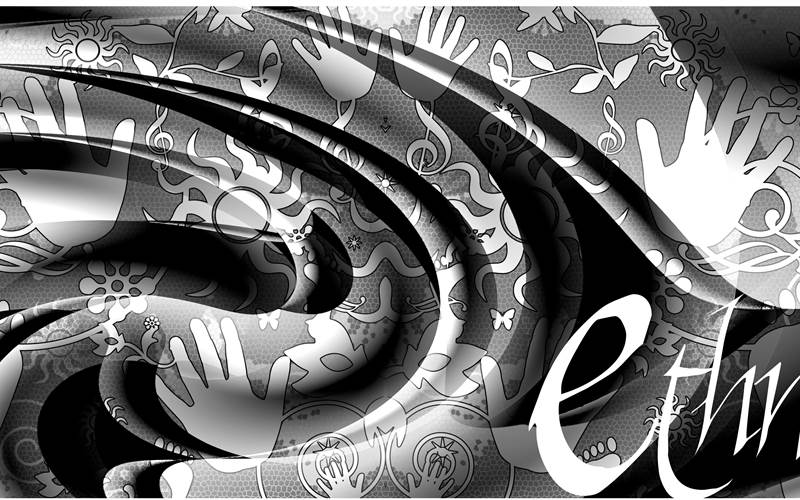TechNova PoliJet
The system delivers everything a printer desires in an entry level CTP system and is ideally suited for book printers, says Sachin Shardul
26 Jan 2012 | By Sachin Shardul
As the name suggests, PoliJet is a no-process polyester plate that can be imaged on high resolution pigment-based large-format inkjet printers like an Epson.
TechNova Imaging Systems, the Indian manufacturer of plates (conventional PS and CTP) and chemicals, has developed the Polijet technology.
This technology, which the manufacturer claims to be the first in the world to develop, was launched at Drupa in 2004 and since then more than 500 PoliJet CTPs (an entry-level inkjet CTP solution) have been sold.
Ganesh Kotian, product manager for polyester plates at TechNova Imaging Systems, says: “This is a very simple technology which involves chemical- free, no-process polyester plate which can be imaged on high resolution inkjet printers and can be taken directly to the press for printing.”
According to the company, the PoliJet plate can achieve run-length of 2,000 impressions without baking and 10,000 impressions with baking for half tones and 20,000 impressions for line and text, under optimum press condition.
The PoliJet technology is ideal for those who are looking to invest in the technology which is cost effective and easy to operate without investing in the expensive CTP system.
The system, after it was launched, became popular among the book printers. This includes installations at India Printing Works, Sheth Publishers, Decora Printers, Good Impressions, Kalpana Multitech , Padamrekah Arts, Rajhans Press, Bharati Mudranalay, Pragya Publication, Matrix Educare, Yash Printers, Chandrika Printery, Swaminarayan Temple, Surya Offset, Archie’s Cards, Pearl Printers, Multicolour Offset, I G Printers, Popular Printers, Technocrat, Jaipur Printing Centre and Jaipur Printers.
Besides being popular in metro cities, the Polijet technology also became popular in B-tier and C-tier cities like Karanjia-Orissa, Silchar, Dharwad and Satara at print firms like Bina Printers, Darshan Offset, Anand Press, Chowdary Printers, Dharwad University, Om Kar Printers, Sahyadri Offset, Kasturi Graphics and Bandekar Offset to name a few.
Modular arrangements
The PoliJet system is a modular arrangement with three components, which includes PoliJet inkjet platesetter which is the Epson 880/900 series, PoliRip and PoliJet baking oven. Any print firm wanting to invest in PoliJet system has an option either to buy all three or only invest in platesetter and the ripping software.
TechNova along with its partner Epson has co-branded the tailor-made 450/880/900 series of large-format inkjet printers as PoliJet inkjet platesetters. These platesetters are high resolution pigment-based inkjet imaging devices, which can be used for imaging PoliJet plates, PosiJet films and NovaJet proofing media. Thus enabling this technology to be a platesetter, a filmsetter and also a proofing device.
Bundled with the PoliJet inkjet platesetter comes the PoliRip software, a ripping software provided by TechNova that enables both AM and FM screening options for quality dot reproduction. The third component is the baking device functioning as a plate finishing unit. The baking process is totally dry and doesn’t involve any chemistry.
Kotian says: “This means the technology is totally green as it does not harm the environment by producing hazardous waste.”
Customer speak
India Printing Works, the Mumbai-based book printer has invested in PoliJet technology for producing polyester plates for its book production.
Anand Limaye, managing director at India Printing Works, says: “The system is highly affordable with return on investment in short period of time. The system is very simple to use. PoliJet technology is capable of producing better quality of printing due to first generation dot. This has helped us better reproduction to satisfy customers’ need.”
Limaye adds: “The quality is exactly the same as a conventional metal CTP system. We have compared both the technology and could not find any difference. It is ideal for line work and halftones in regional language books.”
There are reasons like cost saving, faster, small footprint and ease of use for the experienced as well as inexperienced staff, making this technology popular among those who want to move to an entry level CTP solution.














 See All
See All